Optimal Seasons for Waterproofing Projects
Waterproofing projects are most effective when performed during specific weather conditions and seasons. Proper timing ensures optimal adhesion, curing, and durability of waterproofing materials. Understanding seasonal variations and climate factors can help determine the ideal time for waterproofing applications.
Spring and early fall are generally considered the best seasons for waterproofing. Moderate temperatures and lower humidity levels promote better application and curing of waterproofing membranes.
Heavy rain, snow, or freezing temperatures can compromise waterproofing efforts. These conditions can prevent proper adhesion and cause damage to the applied materials.
Most waterproofing products require temperatures above 40°F (4°C) and below 90°F (32°C). Consistent temperatures within this range support optimal curing and longevity.
Dry, stable weather with low wind and humidity is ideal. Proper surface preparation, including cleaning and drying, is essential before application.
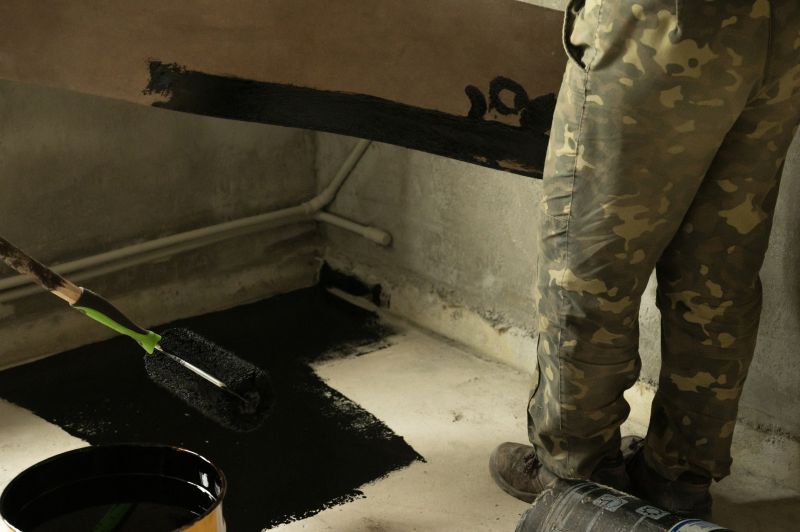
Ways to make Waterproofings work in tight or awkward layouts.
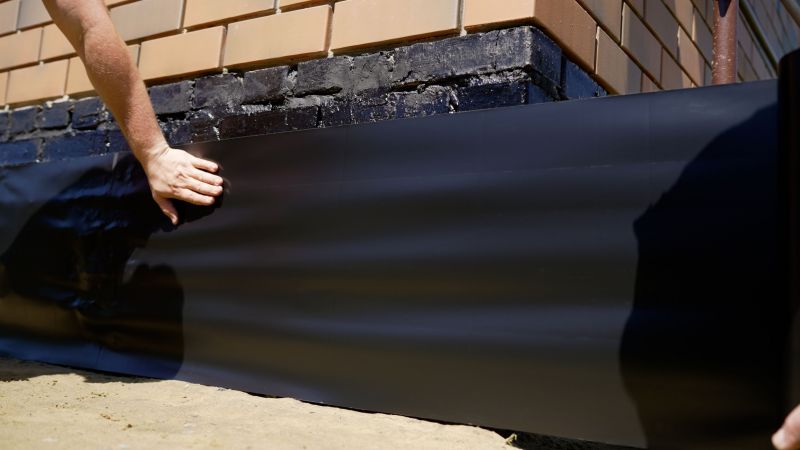
Popular materials for Waterproofings and why they hold up over time.

Simple add-ons that improve Waterproofings without blowing the budget.
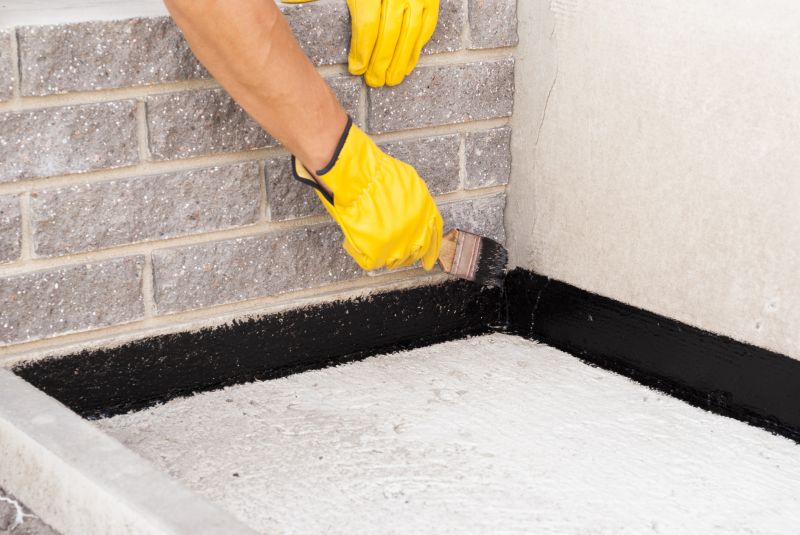
High-end options that actually feel worth it for Waterproofings.
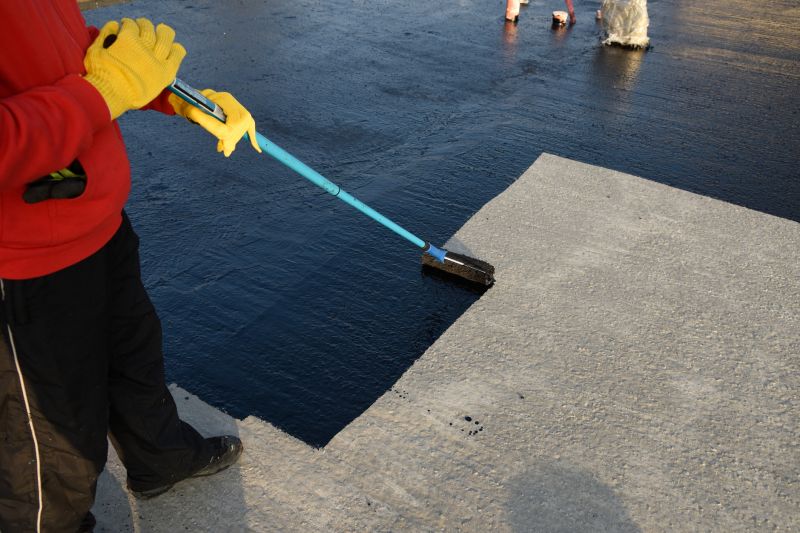
Finishes and colors that play nicely with Waterproofings.
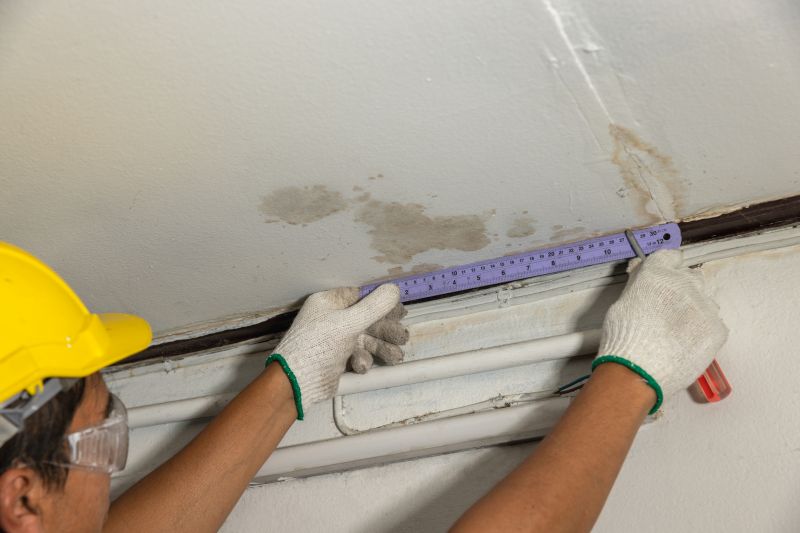
Little measurements that prevent headaches on Waterproofings day.
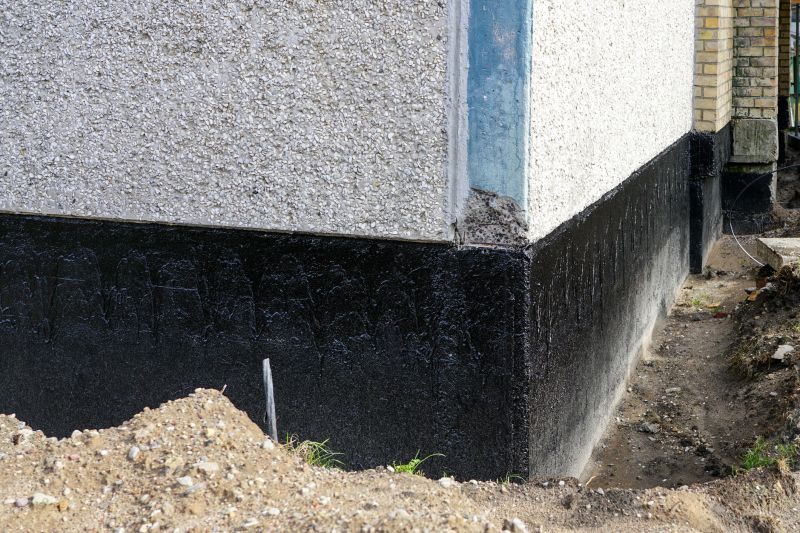
A 60-second routine that keeps Waterproofings looking new.
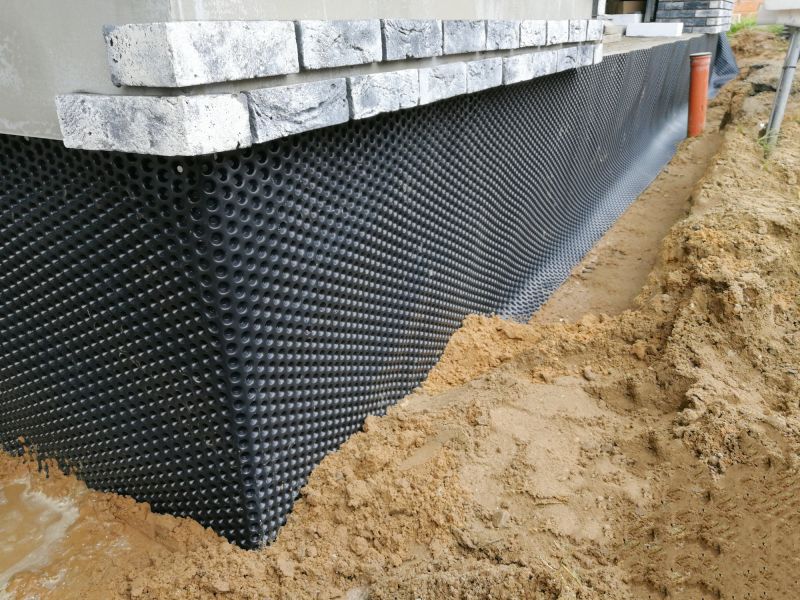
A frequent mistake in Waterproofings and how to dodge it.
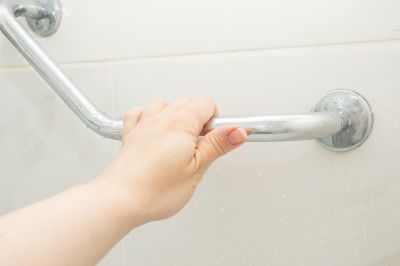
Small tweaks to make Waterproofings safer and easier to use.
| Season | Best Practices |
|---|---|
| Spring | Apply after the last frost and when temperatures are consistently above 40°F. |
| Summer | Use during early morning or late evening to avoid high daytime temperatures. |
| Fall | Ideal before temperatures drop below 40°F and before winter weather begins. |
| Winter | Generally not recommended due to freezing temperatures and moisture issues. |
| Rainy periods | Avoid application during heavy rain or high humidity for best results. |
Waterproofings are essential for protecting structures from water intrusion, which can cause damage, mold, and deterioration over time. Proper application timing, combined with suitable weather conditions, ensures the effectiveness and longevity of waterproofing systems. Regular inspections and maintenance can further enhance performance and prevent costly repairs.

